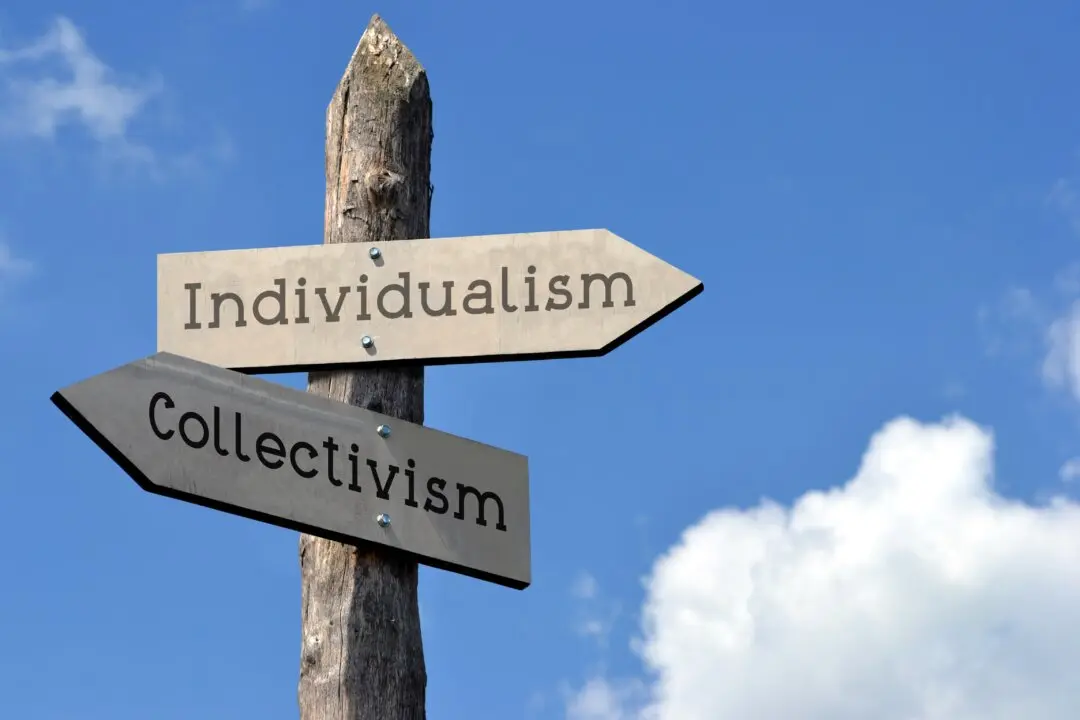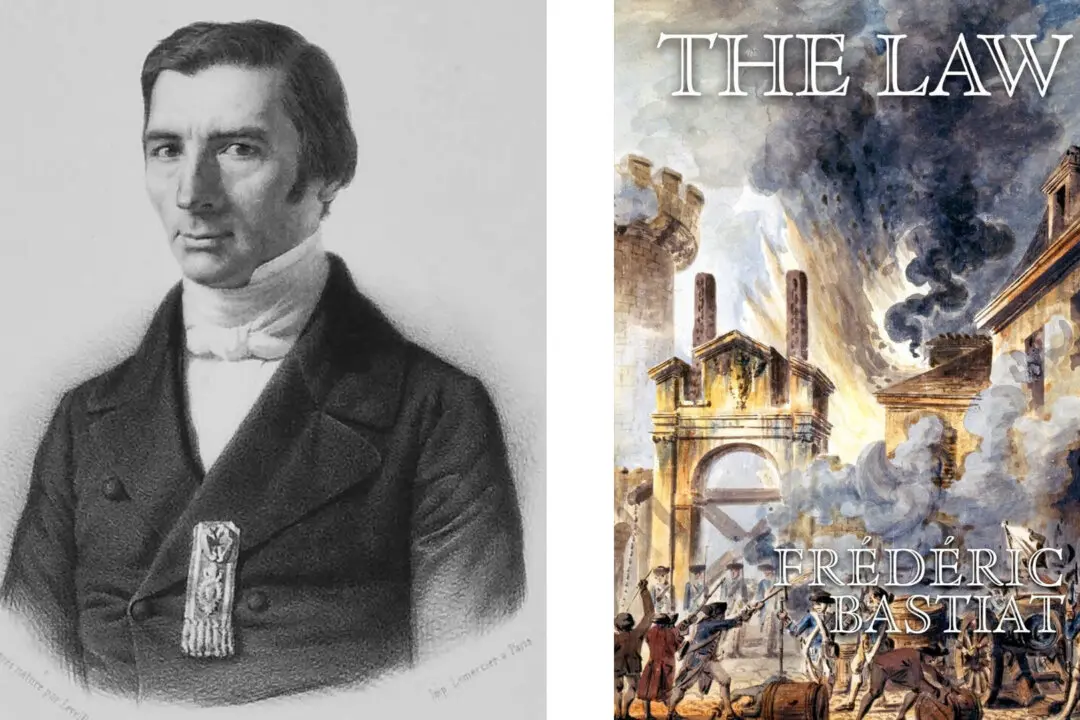Commentary
One of the most widely read American novelists of the early years of the 20th century was the incredible Edith Wharton, the first woman to win a Pulitzer Prize for literature. Like other great novelists, her books all have similar themes that trace to her own biography. She was highborn, well-educated, extensively traveled, and lived through a time of tremendous upheaval. She was a keen observer of her time and had a passion to defend the rights of individuals in all times.





